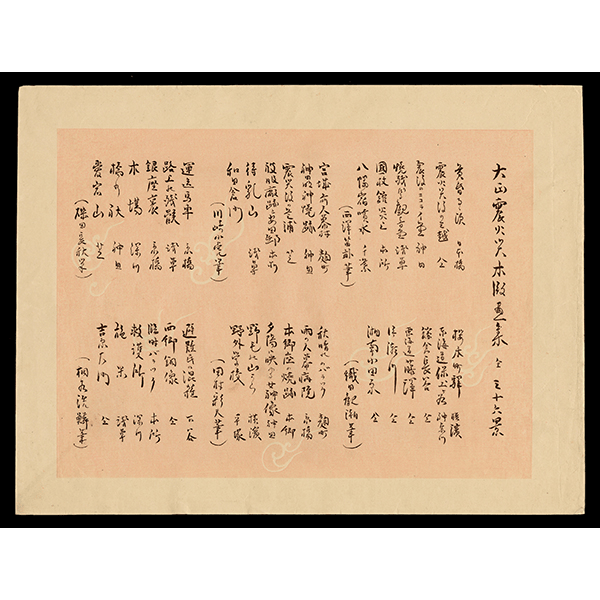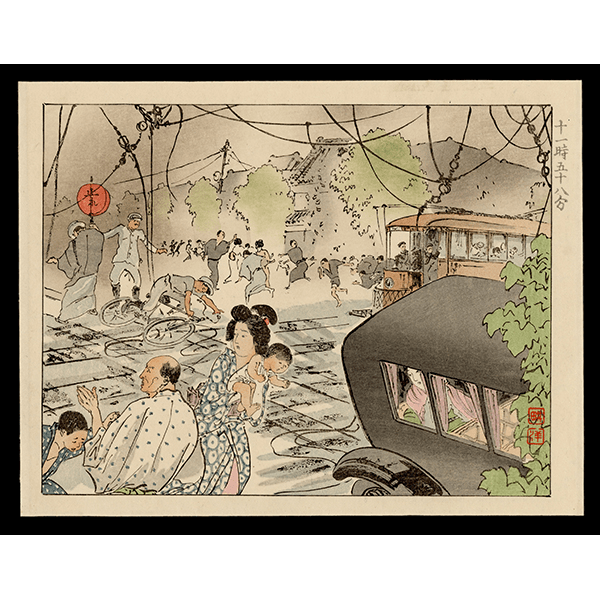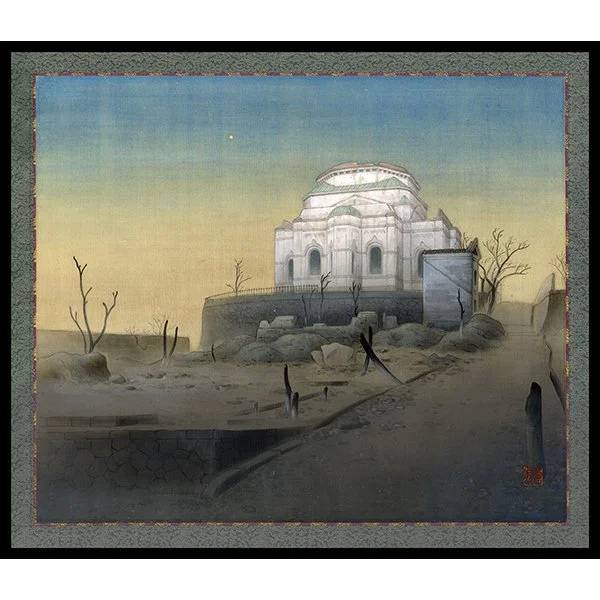The Great Kanto Earthquake of 1923, also known as the Tokyo-Yokohama Earthquake, was a catastrophic seismic event that left an indelible mark on Japanese history. Occurring on September 1, 1923, this earthquake had a devastating impact on the Kanto region of Japan, particularly Tokyo and Yokohama. It is estimated that approximately 142,800 people lost their lives as a result of the earthquake and the ensuing fires, making it one of the deadliest earthquakes in Japan's history. The extensive damage and loss of life were compounded by the fact that the earthquake struck during lunchtime, leading to widespread fires that quickly engulfed the city, as the destruction of infrastructure hindered emergency response efforts.
The earthquake caused massive destruction, with nearly half of Tokyo's buildings reduced to rubble. The shockwaves were so powerful that they triggered fires that raged on for days, consuming large portions of the city. This calamity reshaped not only the physical landscape but also the societal and cultural fabric of Japan. In the aftermath, efforts to rebuild Tokyo led to modernization and urban planning that contributed to the city's contemporary layout.
Additionally, the disaster prompted discussions about the need for better disaster preparedness and response, eventually leading to the development of more robust earthquake-resistant architecture and the formation of disaster management policies.
The Great Kanto Earthquake also influenced art and literature, inspiring a wave of creative expression. The psychological and emotional impact of the disaster is evident in the works of Japanese artists and writers, who explored themes of resilience, loss, and rebirth, capturing the collective experience of the earthquake in their creations.
This exhibition traces the artistic response to the earthquake. The exhibition includes original documentarian photos and postcards, news-related books, ephemera, original woodblock prints, and a Nihon-ga-style kakemono painting.





















c. 1923
SOLD